Gullwing at Twilight
Bonneville Ride John Fitch
Bonneville Ride John Fitch
Gems of Twilight Zone Vol 2
Gems of Twilight Zone Vol 1
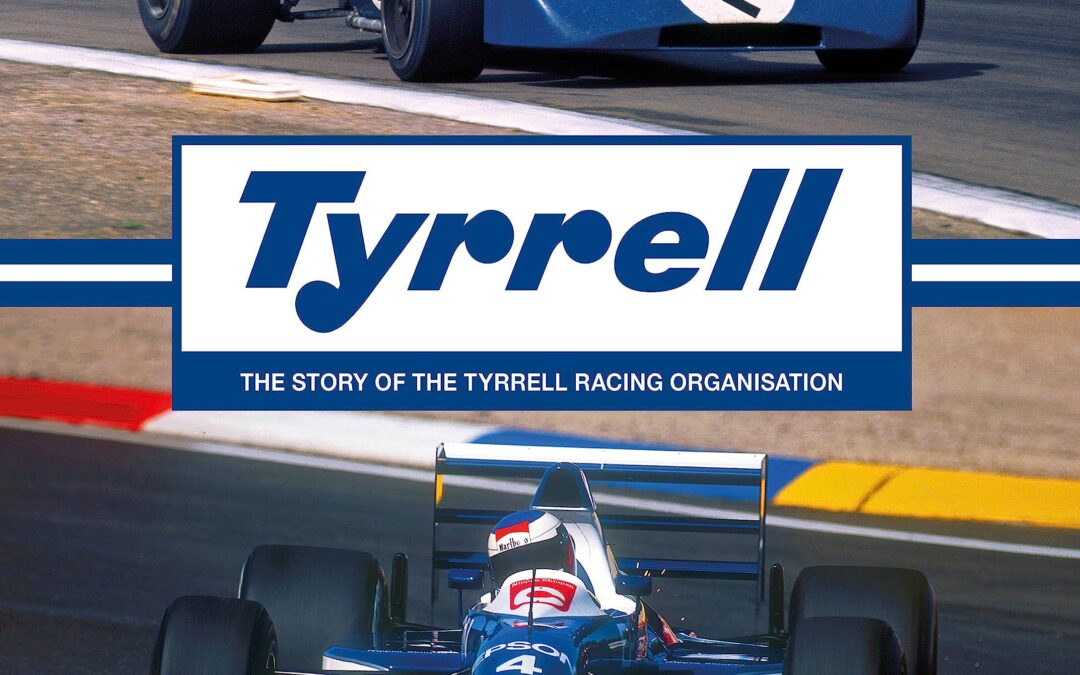
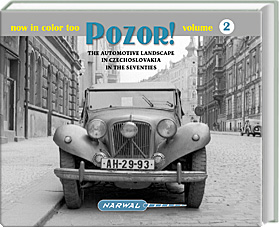
In the early seventies were the streets in Czechoslovakia full of classic cars in their twilight years. Private cars from various origins were kept on the road until their last breath. In the thirties, for example, Czechoslovakia was an industrialized country with an innovative automobile industry. Many of these pre-war cars were still on the road when our photographers visited the country that still laid behind the Iron Curtain. Also a lot of German cars left over by the Wehrmacht, American cars and of course vehicles from ‘friendly’ Russia were subject of our photos. Hundreds of photos of those cars are gathered in the two volumes of POZOR! (Czech for Beware!), many also in colour. Often pictured in splendid settings, such as the classical city of Prague, they form an unique document from the seventies of the last century.
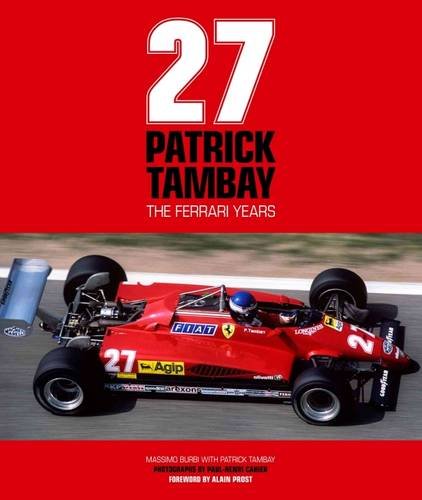
This is the emotional story of Patrick Tambay’s rollercoaster Formula 1 ride with Ferrari. The saga began in 1982 with the tragedy of his friend and fellow driver Gilles Villeneuve’s death in the Belgian Grand Prix at Zolder and then unfolded as Tambay took Villeneuve’s place in car number 27, achieved race victories and, as the 1983 season developed, fought for the World Championship. Told in 27 chapters, this is a tale not only of Formula 1 in those colourful years but also a rare and revealing account of life inside Maranello in the twilight of the Enzo Ferrari era, supported by magnificent photographs by Paul-Henri Cahier.
– British GP, 1982: at Brands Hatch Tambay’s second race for Ferrari brings his first-ever podium finish, in his 51st Formula 1 start.
– German GP, 1982: after team-mate Didier Pironi’s career-ending crash during practice at Hockenheim, Tambay lifts his sombre Ferrari team with his first Formula 1 win.
– Italian GP, 1982: in front of Ferrari’s emotional home crowd at Monza, Tambay finishes second, with the great Mario Andretti, his team-mate for this one race, behind him in third place.
– San Marino GP, 1983: Tambay delivers exactly what the Scuderia’s fans desire – victory at Imola for the number 27 Ferrari 12 months after Gilles’s last race.
– South African GP, 1983: Tambay’s farewell race for Ferrari sees him on pole position (his sixth front-row start in seven races), but a mechanical failure denies him any chance of a final victory.
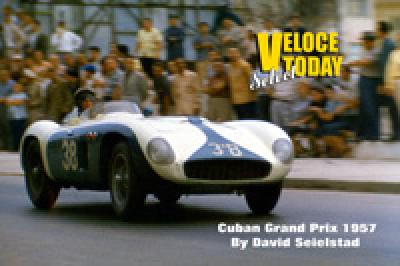
“Robert Pauley, a Chrysler engineer and car enthusiast who worked with Giovanni Savonuzzi in Detroit, sent us a collection of Kodachrome slides he had taken while at the Cuban Grand Prix in 1957. While doing research for an article to accompany these wonderful and never-before-published images of this race of the gods, we found that another VeloceToday contributor, noted Ferrari historian David Seielstad, had written about the race for Forza magazine.
We combined Pauley’s photos, Seielstad’s text, and the Editor’s epilogue, “Twilight of the Gods” to create a unique view of this important but little known epic race.
VeloceToday Select© is a 32 page 8.5 by 5.5 landscape formated high quality full color printed folio, center stapled with high gloss paper. It is both a magazine and a book; always in print, it is not a periodical; they are not dated but numbered. New Folios will be published 4-6 times a year and already are gaining collectible status. ”
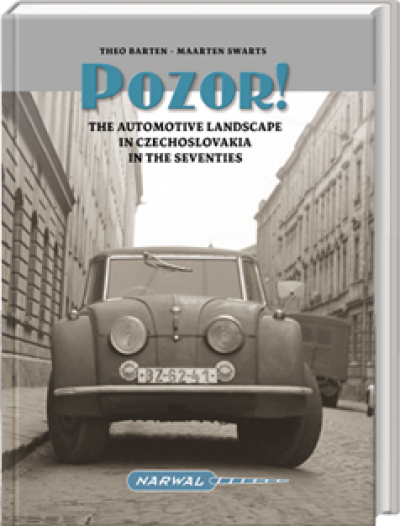
In the early seventies the authors (professional photographers) visited Czechoslovakia in search of classic cars in their twilight years. What they found on the streets of Prague and other cities was forty years of automotive history. Private cars of various origins were kept on the road until their last breath. In the thirties Czechoslovakia was an industrialized country with an innovative automobile industry. Many of these prewar cars were still to be found on the streets in the nineteen seventies.
In addition to the Czech cars many examples of other European, Russian and even American cars were seen.
Hard cover, Over 125 high quality photos in sepia tones.